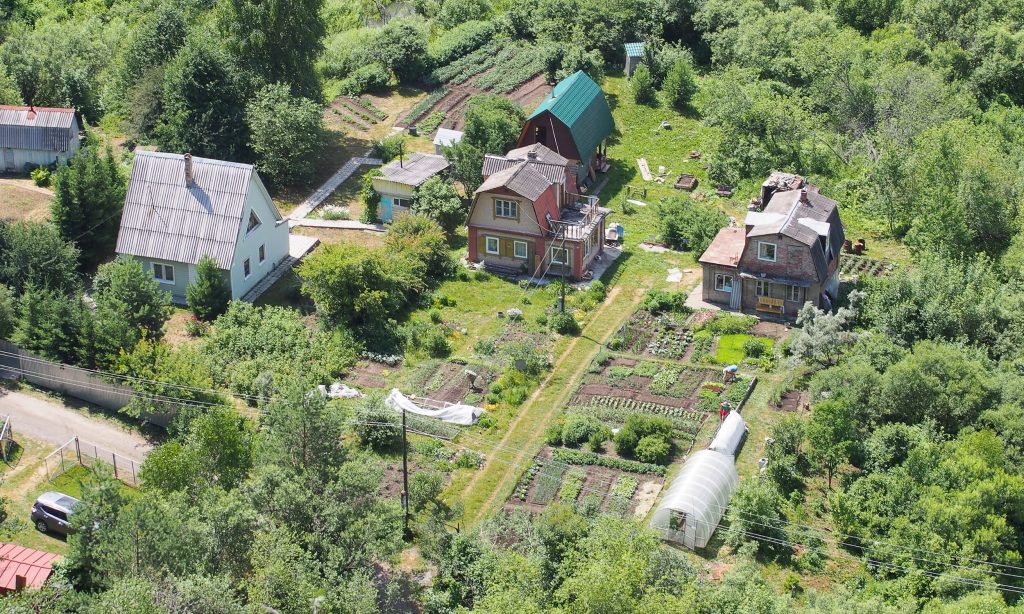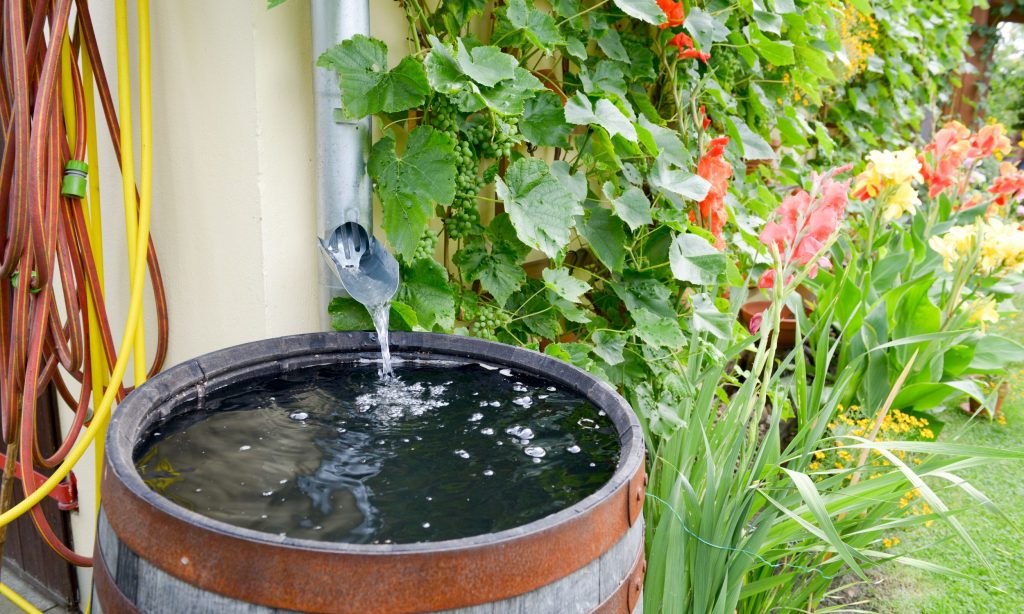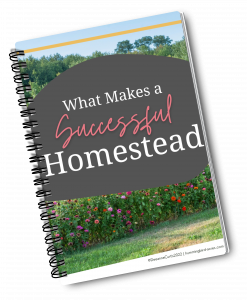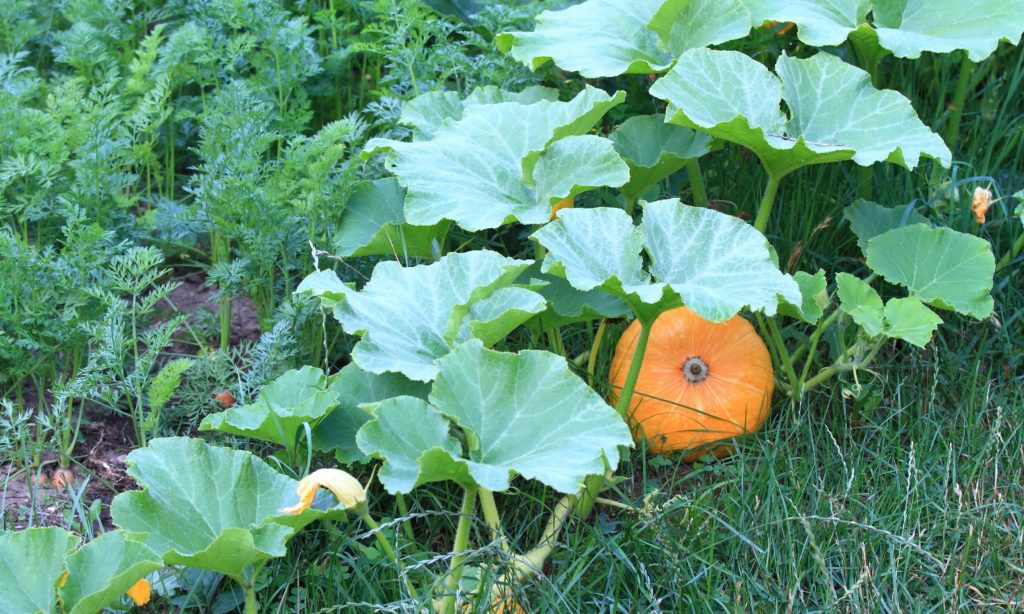Beginners Guide to Permaculture | What is Permaculture
Have you ever heard of permaculture? It’s a pretty cool concept, and it can be applied in many different ways. So what is permaculture, really? Permaculture is a design system that focuses on creating sustainable systems using ecology as its foundation.
It’s all about working with nature to create systems that mimic the natural world, while also taking into account human needs. There are many different applications for permaculture, from gardening and agriculture to land management and architecture.
Permaculture is a great way to reduce your environmental impact while having a positive effect on the planet. Check out this infographic for more information on what permaculture is and how you can apply it in your life!
Disclosure: Some of the links below are affiliate links, meaning, at no additional cost to you, I will earn a commission if you click through and make a purchase.
What is permaculture and how can it help you live a more sustainable life?
According to Bill Mollison, cofounder and father of the movement,
“Permaculture is the conscious design and maintenance of agriculturally productive ecosystems which have the diversity, stability, and resilience of natural ecosystems.”
We see permaculture as a holistic approach to living that emphasizes working with nature instead of against it. The word permaculture comes from the words permanent and agriculture, and it can be applied to any type of food production, including gardening, farming, and even foraging.
The core principles of permaculture are to care for the earth, care for people, and share the surplus. In practice, this means using sustainable methods that work with natural ecosystems instead of damaging them.
For example, permaculture gardeners might use companion planting to attract beneficial insects, or they might mulch heavily to conserve water and prevent weed growth.
By adopting permaculture practices, you can help to heal the planet while also making your own life more sustainable.

Permaculture Ethics
Permaculture ethics are the foundation of permaculture design, which values natural systems. They are simply:
- Care for the earth
- Care for the people
- Reinvest the surplus (share abundance)
Ethic #1: Care for Earth
As the world becomes more industrialized, it’s easy to forget that we rely on the earth for our survival. Every day, we use natural resources like water, air, and soil without giving much thought to where they come from.
However, these resources are limited, and if we continue to use them without care, we will eventually exhaust them. This is why one of the core principles of permaculture is caring for the earth.
By working with nature instead of against it, we can create systems that are sustainable and regenerative. By adopting permaculture ethics, we can help to ensure that the earth will be able to support us for generations to come.
Ethic #2: Care for People
When it comes to permaculture ethics, one of the most important principles is “care for people.” After all, humans are an integral part of any ecosystem, and we need to make sure that we’re taking care of our own.
There are many ways to do this, but some of the most important include providing for basic needs, promoting fair trade, and working to create a just and sustainable world.
By taking care of people, we ensure that they can take care of the Earth. And that, in turn, helps to create a more permaculture world for everyone.
Ethic #3: Reinvest Surplus
This ethic recognizes that we are all interconnected, and what benefits one must benefit all. When we reinvest our surplus, we share our abundance with others, build community resilience, and create a more just and sustainable world.

How to get started with permaculture in your own backyard
Permaculture is a great way to create a sustainable and self-sufficient ecosystem in your own backyard. If you’re not sure where to start, here are a few tips to get you started.
One of the most important aspects of permaculture is observation. Spend some time each day observing your backyard. Notice where the sun hits, which areas are windy, and how the different parts of your yard interact with each other. This will help you determine what plants will do well in each spot, and how you can best design your space.
Another important part of permaculture is planning. Once you’ve done some observing, take some time to plan out your space. Draw a map of your yard, and sketch out where you want to plant each type of plant. Consider how you want the different parts of your garden to interact with each other, and what kinds of animals or insects you want to attract.
Finally, get started! Start planting seedlings or transplants in the spots you’ve chosen. Remember to water them regularly and protect them from pests. With a little care and patience, you’ll soon have a thriving permaculture garden!

Don’t Let your Homestead Fail!
Get our FREE What Makes a Successful Homestead eBook!
The benefits of using permaculture in your garden
If you’re looking for a more sustainable way to garden, you might want to consider using permaculture principles. Permaculture is a system of agricultural and design that mimics the patterns found in nature.
When applied to gardening, permaculture can help you create a more efficient and self-sufficient system. For example, plants are often arranged in guilds, or groups of species that benefit each other. Companion planting is a form of guilds, where different plants are planted next to each other to improve growth.
Permaculture gardens are also often designed with layers, including a canopy layer made up of tall trees, a shrub layer, a herbaceous layer of perennial plants, and a ground cover layer. This design makes efficient use of space and ensures that each plant has the light and nutrients it needs to thrive.
Using permaculture in your garden can help you create a more sustainable and self-sufficient system.
Creating a permaculture design for your property
If you’re interested in creating a more sustainable homestead, permaculture design is a great place to start. Permaculture is all about working with nature, rather than against it.
By observing natural ecosystems and replicating their patterns, you can create a farm or homestead that is more efficient and resilient.
When designing a permaculture system, it’s important to first assess your specific land and climate. What sorts of plants and animals are already present? What are the prevailing conditions – too much sun, not enough water, etc.?
Once you have a good understanding of your property, you can begin to map out where different features will go. For example, you might want to create swales to capture rainwater or plant windbreaks to protect your garden from strong winds.
By careful planning and observation, you can create a permaculture design that will meet your needs and help you build a more sustainable homestead.

Resources for further learning about permaculture
If you’re interested in learning more about permaculture, there are a number of resources available. Books such as “Permaculture: A Designers’ Manual” by Bill Mollison and “The Suburban Micro-Farm” by Amy Stross (This is the book that kick started our adventure into permaculture) offer comprehensive introductions to the subject.
There are also numerous online courses that can provide a basic understanding of permaculture principles. For those who want to get more hands-on experience, there are internships and apprenticeships available at permaculture farms and gardens around the world.
And for those who want to dive even deeper, there are permaculture design certification courses offered by a number of organizations. So whatever your level of interest, there’s sure to be a permaculture learning opportunity that’s right for you.
If you’re interested in learning more about how to live a sustainable life, permaculture is a great place to start. It’s a design philosophy that can be applied to any area of your life, from the way you grow your food to the way you manage your finances. And it all starts with making simple changes in your own backyard. If you’re not sure where to begin, there are plenty of resources out there to help you get started, including books, online courses, and local permaculture groups. What have you done to make your life more sustainable? Have you considered using permaculture principles in your home or garden?

You may also enjoy these related articles:
- Nitrogen Fixing Plants in Permaculture
- Growing Hazelnut Bushes on Your Homestead
- Tips for Buying a Homestead
Did you enjoy this article? Want to hear more? Stay in touch! Sign up below to receive weekly tips and inspiration for your homestead.
[convertkit form=3733554]

